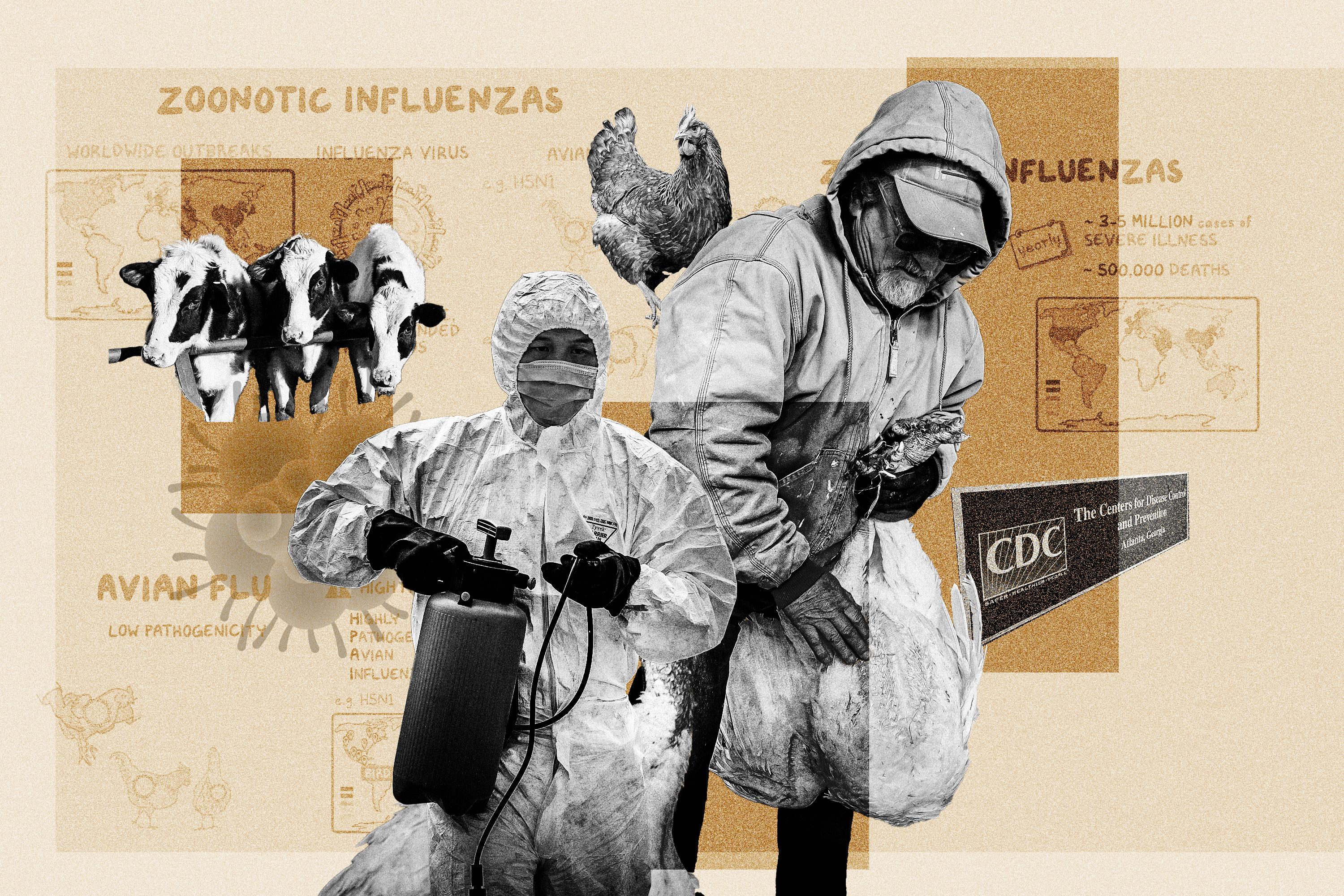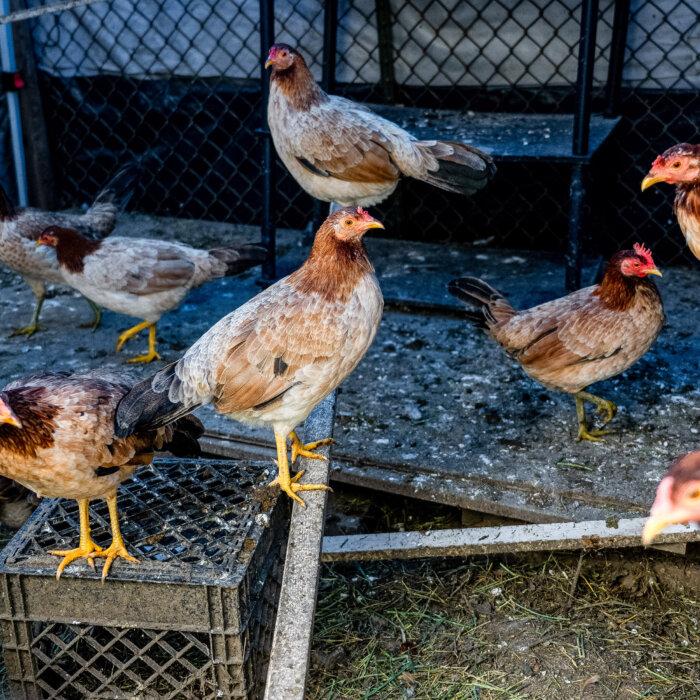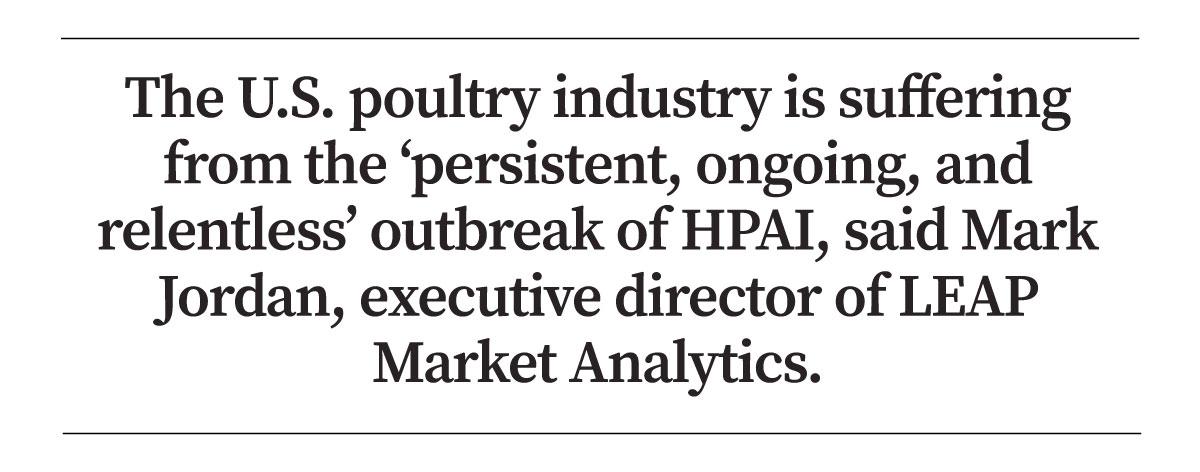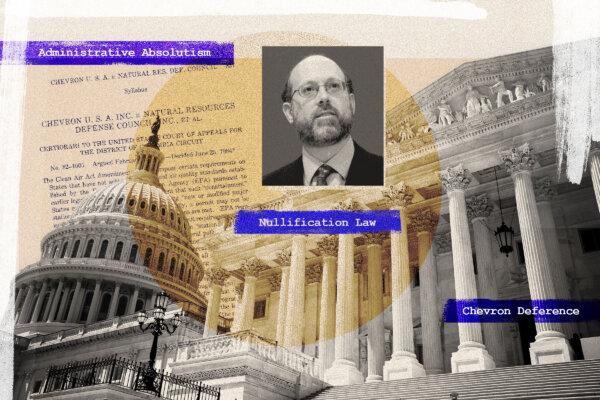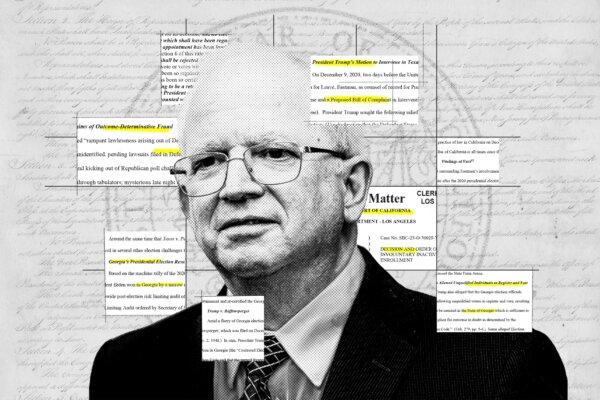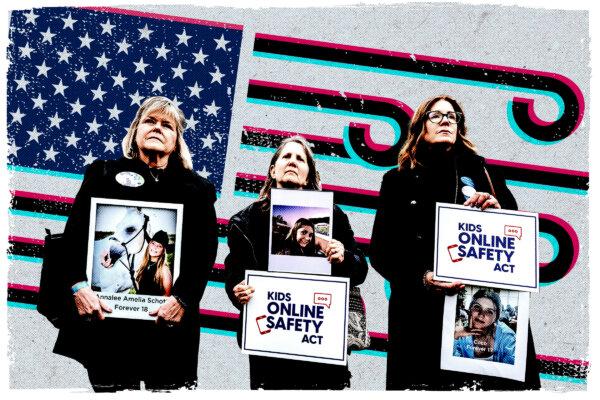With the second human bird flu case in the United States in the past two years and the COVID-19 pandemic still fresh in the public’s memory, concern is rising over the potential for avian influenza to be a public health problem in America.
Bird flu, a longtime pest for the world’s poultry industry, is now crossing over to other animals, including livestock and humans. In March and April, the U.S. Department of Agriculture (USDA) reported bird flu detections in dairy herds in Idaho, Kansas, Michigan, New Mexico, and Texas. That followed news of a goat in Minnesota contracting the disease in March.
For now, the Centers for Disease Control and Prevention (CDC) says the risk to Americans is negligible and isolated almost exclusively to people who work with live birds or animals.
“This infection does not change the H5N1 bird flu human health risk assessment for the U.S. general public, which CDC considers to be low,” Jason McDonald, a spokesman for the CDC, told The Epoch Times in an email.
Zoonotic Risks
Bird flu, or avian influenza, constantly raises difficult questions about zoonotic—animal to human—disease transmission.The disease, classified into the categories of highly pathogenic avian influenza (HPAI) and low pathogenicity avian influenza (LPAI), has caused sporadic issues with poultry farming for decades.
However, veterinarians have recognized a marked increase in the spread of bird flu and its effects in the past 30 years.
Then, the authors recognized “major human health issues, including the risk of generating a new pandemic virus for humans through an avian-human link.”

Bird flu can infect any species of bird. The typical response on farms is to kill the animals, destroy their remains, and isolate the facilities and their staff to prevent the further spread of the disease.
Both the CDC and the WOAH say there is some risk of transmission from live birds to humans but only for people working or living closely with animals. Both public health organizations say there is no evidence that bird flu can be transmitted to consumers through cooked poultry products.
Mr. Swayne, now a private consultant with Birdflu Veterinarian LLC, wrote in 2023 that between 2003 and February 2023, 873 people were infected with H5N1 HPAI. Most of them were located in Asia and Africa. A total of 458 people died from the infection.
“Respiratory infection has been the most frequent clinical sign in human H5 cases,” he wrote. “This virus has limited human-to-human transmission.”
Other strains of bird flu have been fatal, too.
In China, the strain H7N9 infected 1,568 people and killed 616 of them between 2013 and February 2023. In the Netherlands, 89 people were infected with the H7N7 strain in 2003, and one died.
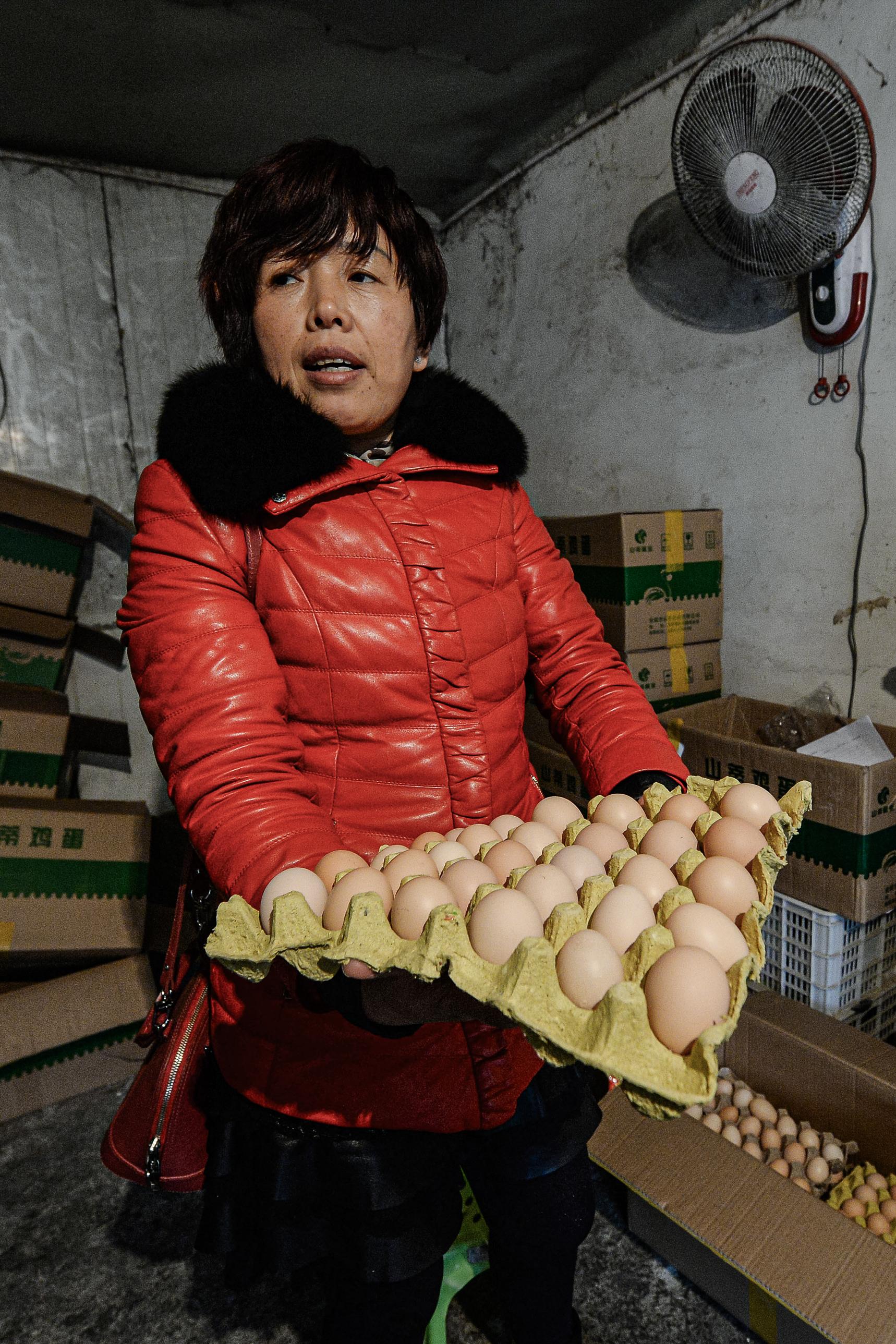
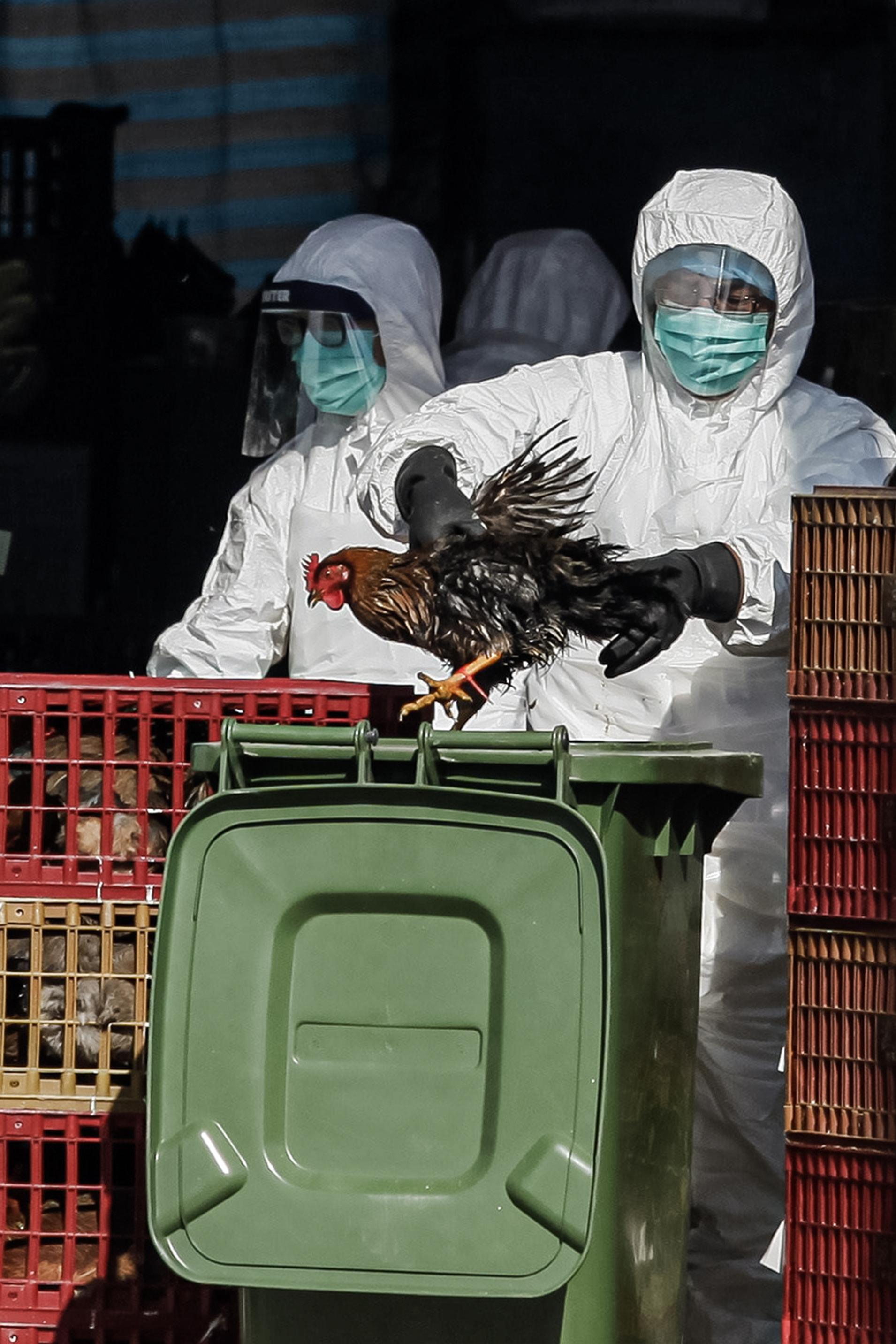

Mammal-to-Human Transmission?
At the beginning of April, public health authorities announced that a man working at a dairy farm in Texas contracted HPAI. They couldn’t confirm whether he got it from a cow or a bird.The announcement followed weeks of surprising news about HPAI detections in livestock across the United States.
“Initial testing by the National Veterinary Services Laboratories has not found changes to the virus that would make it more transmissible to humans, which would indicate that the current risk to the public remains low,” APHIS said in a March 25 statement.
“At this stage, there is no concern about the safety of the commercial milk supply or that this circumstance poses a risk to consumer health.”
In an interview with The Epoch Times, Texas Agriculture Commissioner Sid Miller said the man who contracted HPAI only had one symptom: conjunctivitis, or pink eye. As for the cows, he said, they quickly recovered from the infection.
Mr. Miller told The Epoch Times that the human infection is nothing for the public to worry about. If it came to it, he said, the CDC already has a stockpile of human vaccines ready to go if HPAI were to begin spreading among people.
Nevertheless, he said authorities in Texas are not sure whether the man contracted HPAI directly from the cow—meaning the avian disease is now moving from one mammal to another—or if the man got the disease from contact with birds or their droppings. The agriculture commissioner said migratory bird season recently ended in Texas so those droppings could have infected both the cow and the man.
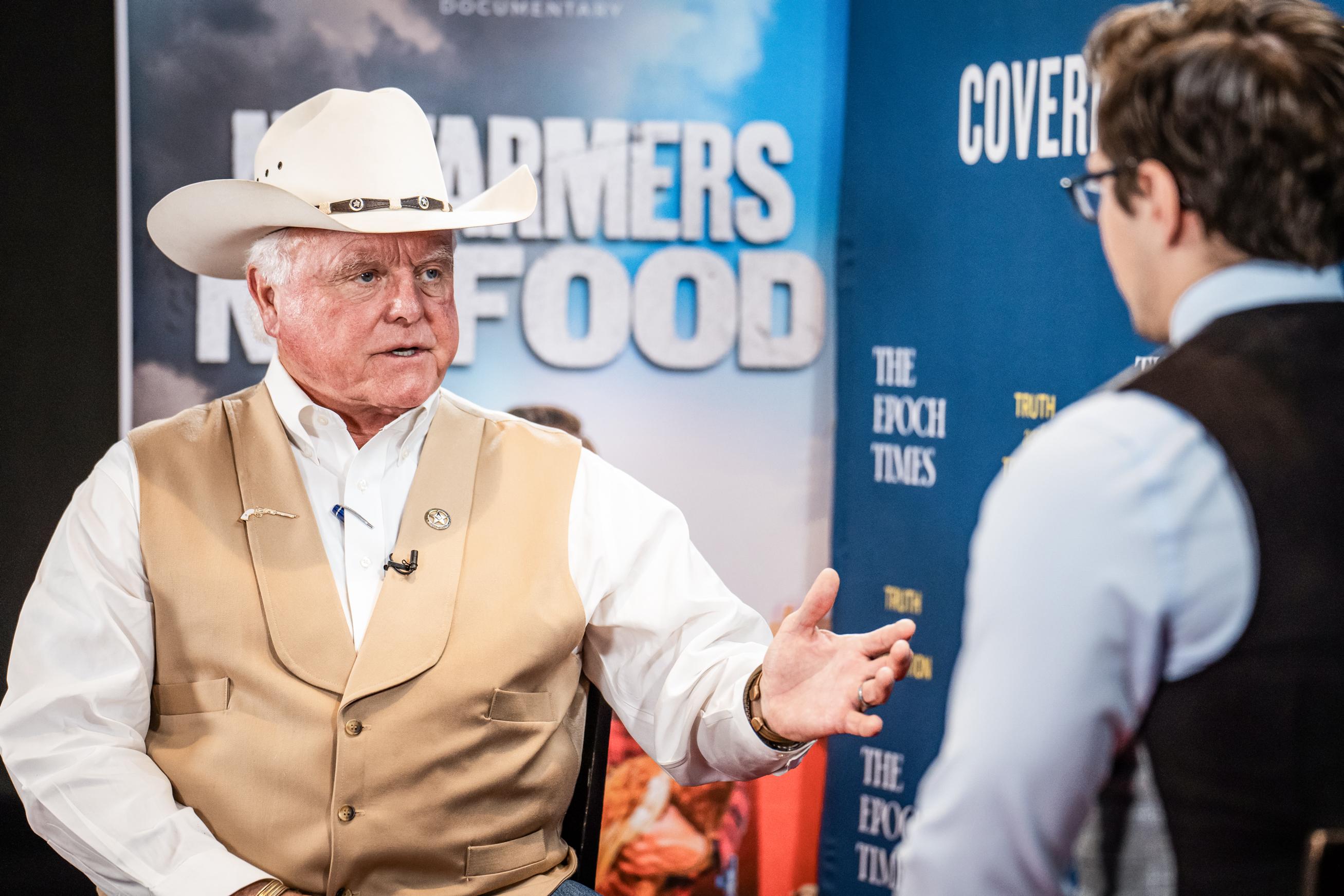
At this point, Mr. Miller said, there are still a lot of unanswered questions.
“We’re worried about it, but we’re not panicked,” he said.
In an interview with The Epoch Times, Bryan Richards, emerging disease coordinator at the U.S. Geological Survey’s National Wildlife Health Center, said this human case of HPAI is significantly different from the last case. In 2022, a man in Colorado contracted HPAI while working on removing dead birds from a poultry facility in which the disease was present.
As for other cases, those in subsistence farms in undeveloped countries and hobby farms in developed nations, the people who got the disease were practically living with poultry or waterfowl in their homes. In the past, Mr. Richards said, human-to-human transmission hasn’t happened.
“It would take sustained human-to-human transmission in order for it to turn into any sort of a global threat to people,” he told The Epoch Times.
That said, Mr. Richards said the virus is constantly mutating.
In a March 19 report, the WAHIS highlighted the rise of mammalian cases of bird flu in 2024.
“WOAH stresses the importance of reporting outbreaks of avian influenza in unusual hosts, as the virus has been increasingly detected in mammals in recent months,” the WAHIS report reads.
In the four weeks from February 17 to March 15 covered by the report, the agency detected H5N1 in a striped skunk in the United States and a red fox in Norway.
Mr. Richards said transmission makes sense since the animals that are contracting HPAI are scavengers that likely ate a dead, infected bird. As for the South American pinnipeds, they could have eaten an infected bird—penguins are now contracting the disease—or gotten it from bird droppings. Birds carry HPAI and LPAI all over the world, and there have been detections as far south as southern Argentina.
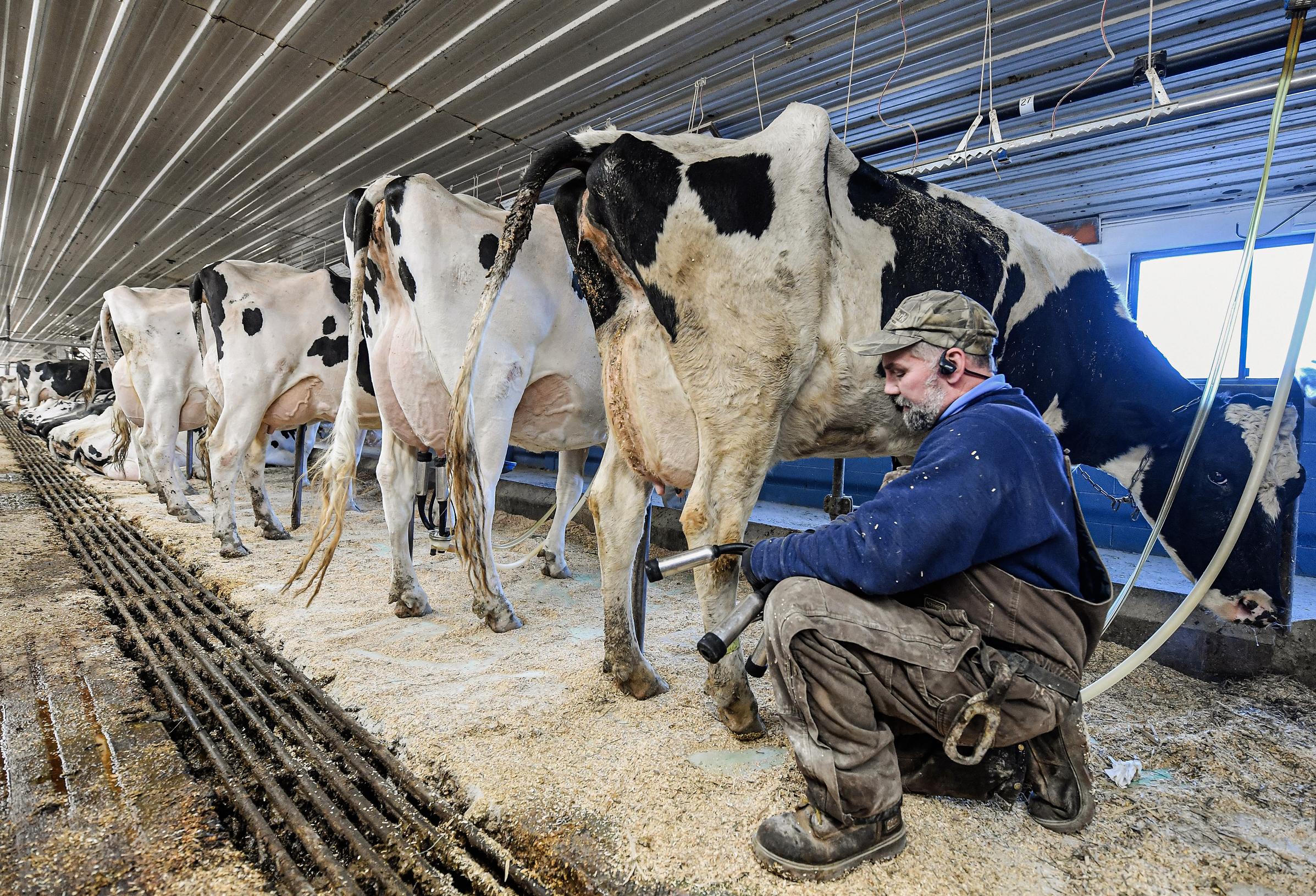
Evidence collected by the federal health and agriculture authorities suggests that many of the cows that tested positive for HPAI around the country share a similar origin: Texas. If viral genetic sequencing tests show that all of the cows contracted a similar H5 HPAI virus, Mr. Richards said that would be “pretty compelling evidence” that cow-to-cow transmission of HPAI is now occurring.
Public health authorities continue to say HPAI cannot be transferred in cooked poultry products or pasteurized dairy.
Mr. Richards refused to say whether the evidence is alarming to him. He said he puts his trust in human and animal health authorities. So far, they aren’t alarmed, either.
Continuing Financial Impacts
The impact of the emerging HPAI outbreak on the dairy industry remains to be seen. For the American poultry industry, years of evidence show the disease costs both the producers and the consumers.HPAI particularly affects the birds that live the longest: egg-laying hens and turkeys. The United States has already seen two mass outbreaks of HPAI in its commercial poultry industry.
The U.S. outbreaks, running from 2014 to 2015 and again from 2022 to the present, devastated the American turkey and egg industries and sent prices of eggs and turkey meat soaring.
Mark Jordan, the executive director of LEAP Market Analytics, said the U.S. poultry industry is suffering from the “persistent, ongoing, and relentless” outbreak of HPAI and cannot go more than a few months without seeing another case.
Mr. Jordan, an economist specializing in the poultry industry, said the price of eggs and turkey dramatically increased in the past two years thanks to HPAI. This adds to the inflationary pressure American consumers are already feeling.
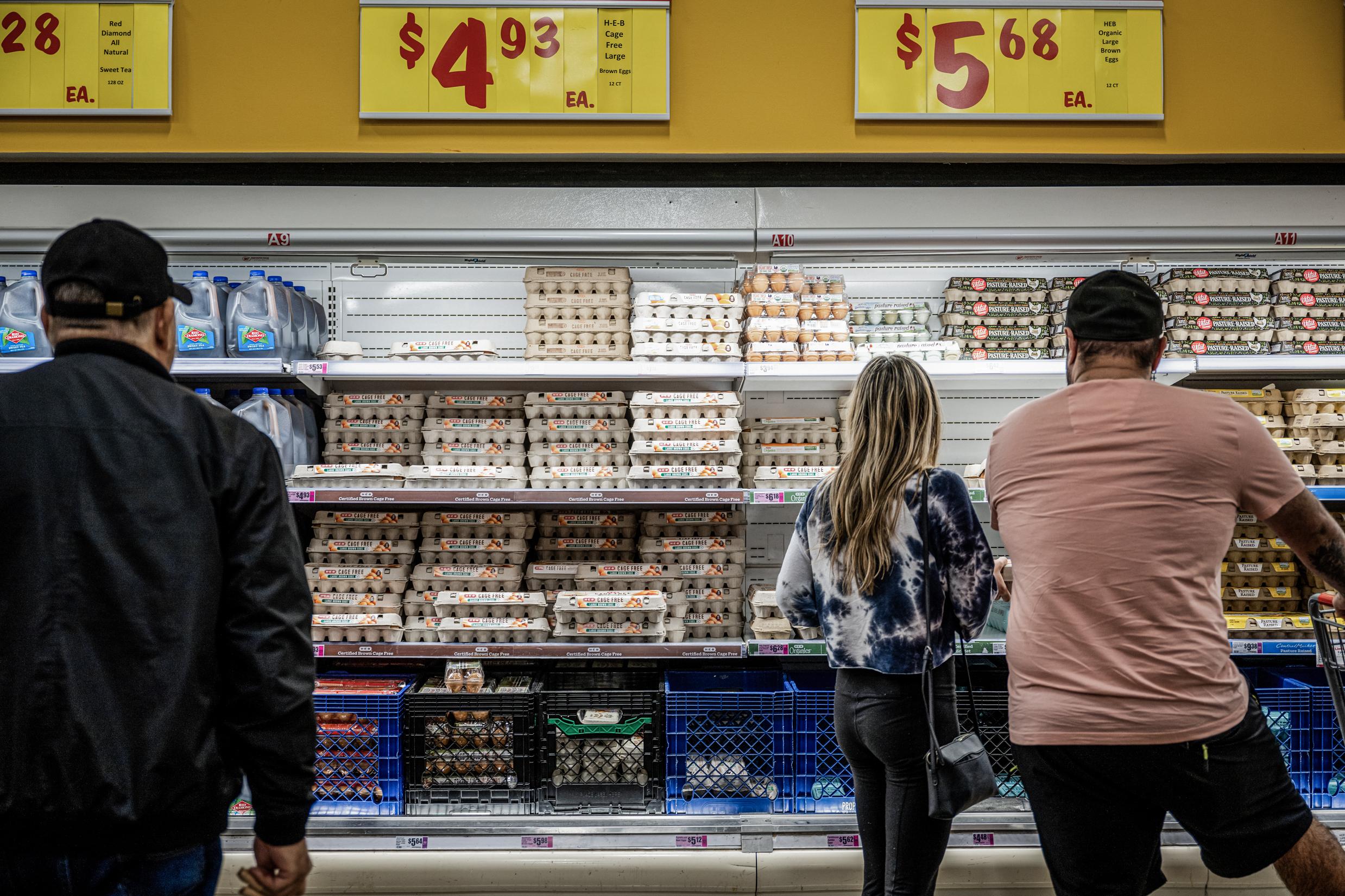
The average retail prices of eggs in the United States increased to $2.76 per dozen in the first quarter of 2024 from the pre-HPAI price of $1.67 a dozen in 2021, according to Mr. Jordan. That’s a 65 percent increase in the staple.
He said the turkey industry has suffered the most damage from the disease. Demand for the product was already lower than that of competing proteins, and a sudden price jump knocked it off many consumers’ shopping lists.
Mr. Jordan said HPAI pushed turkey prices up to a point where consumers turned away from the meat entirely. The average wholesale price of turkey meat actually dropped to $1.16 a pound in the first quarter of 2024 from the HPAI-driven price of $2.04 a pound in 2022.
The U.S. poultry industry’s attitude toward HPAI is now resigned, he said. It sees the disease as part of life and a constant threat to its operations.
For both egg producers and buyers, according to Mr. Jordan, HPAI is now being “priced in,” which could lead to price stability—although egg prices will remain higher than the pre-HPAI levels.
A hidden effect of the disease is the restriction on international trade that the United States must deal with for its much larger chicken meat industry. Although HPAI is a global issue, he said, the HPAI situation in the United States limits the ability of the chicken industry to export its products.
